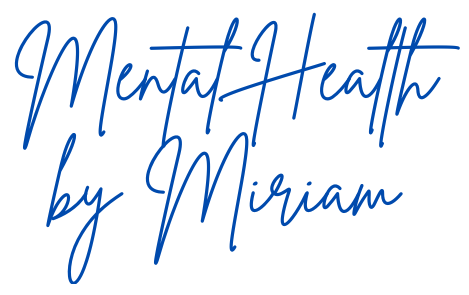Managing obsessive-compulsive disorder (OCD) in a professional environment can be overwhelming. From navigating triggers to managing intrusive thoughts, working with OCD comes with unique challenges. Employers can better support employees with OCD by creating a workplace that is understanding, accommodating, and proactive in addressing their needs. Doing so not only improves employee well-being but also fosters an environment that supports productivity and engagement.
Create a Safe and Open Dialogue
A supportive workplace starts with communication. People with OCD should feel comfortable discussing challenges without fear of judgment or repercussions. Encourage HR team members to train managers to listen empathetically and respond thoughtfully when employees share their experiences. Clear communication channels allow team members to ask for accommodations and feel supported in addressing difficulties.
Workplaces that normalize mental health conversations reduce stigma. When leaders openly promote mental well-being initiatives, it shows employees they don’t need to hide their struggles. Small efforts like this go a long way in creating a culture that values psychological safety.
Offer Flexibility and Reasonable Accommodations
Whether it’s adjusting work schedules or providing remote work options, flexibility helps employees manage OCD symptoms. Granting short breaks during the day may also give time to calm anxiety before a big meeting or task.
Employers can further reduce stress by making hours structured yet flexible. For instance, predictable routines benefit employees with OCD by minimizing uncertainty. At the same time, flexible policies for handling unexpected needs, like coping with a difficult day, show goodwill and understanding.
Ensure the Workplace Is Safe and Organized
Workplace safety and organization play essential roles for many employees with OCD. Stress can have a serious impact on people’s mental health, and a stressful, unorganized environment may exasperate symptoms of OCD. Keeping physical workspaces tidy, free of clutter, and logically arranged creates a more manageable environment that is less likely to contribute to a sense of anxiety or chaos.
It’s also beneficial for employers to take steps in terms of safety from hazards. For example, if you are struggling to shake thoughts about a building fire while in the office, it can be nearly impossible to focus on work. Knowing that your employer uses fire protection services for the workplace and has visible emergency exit plans can give you things to turn to when obsessive thoughts take hold. Speaking with your management team about keeping safety measures and information visible, up-to-date, and accessible will mitigate these challenges.
Provide Mental Health Support and Resources
Access to mental health resources is a crucial indicator of a supportive workplace. Ask your employer about Employee Assistance Programs (EAPs), which provide counseling and wellness services. Visible mental health resources show a commitment to employee well-being.
Ideally, an employer will encourage team members to take advantage of these programs. These programs not only benefit employees with OCD but also create awareness and empathy among colleagues.
Championing Inclusivity and Empathy
Creating an inclusive environment requires intentionality and action. Employers can better support employees with OCD by fostering open communication, offering flexibility, maintaining safe workspaces, and providing access to mental health resources. Employers who prioritize understanding and adaptability can empower employees with OCD to thrive, making the workplace better for everyone.

